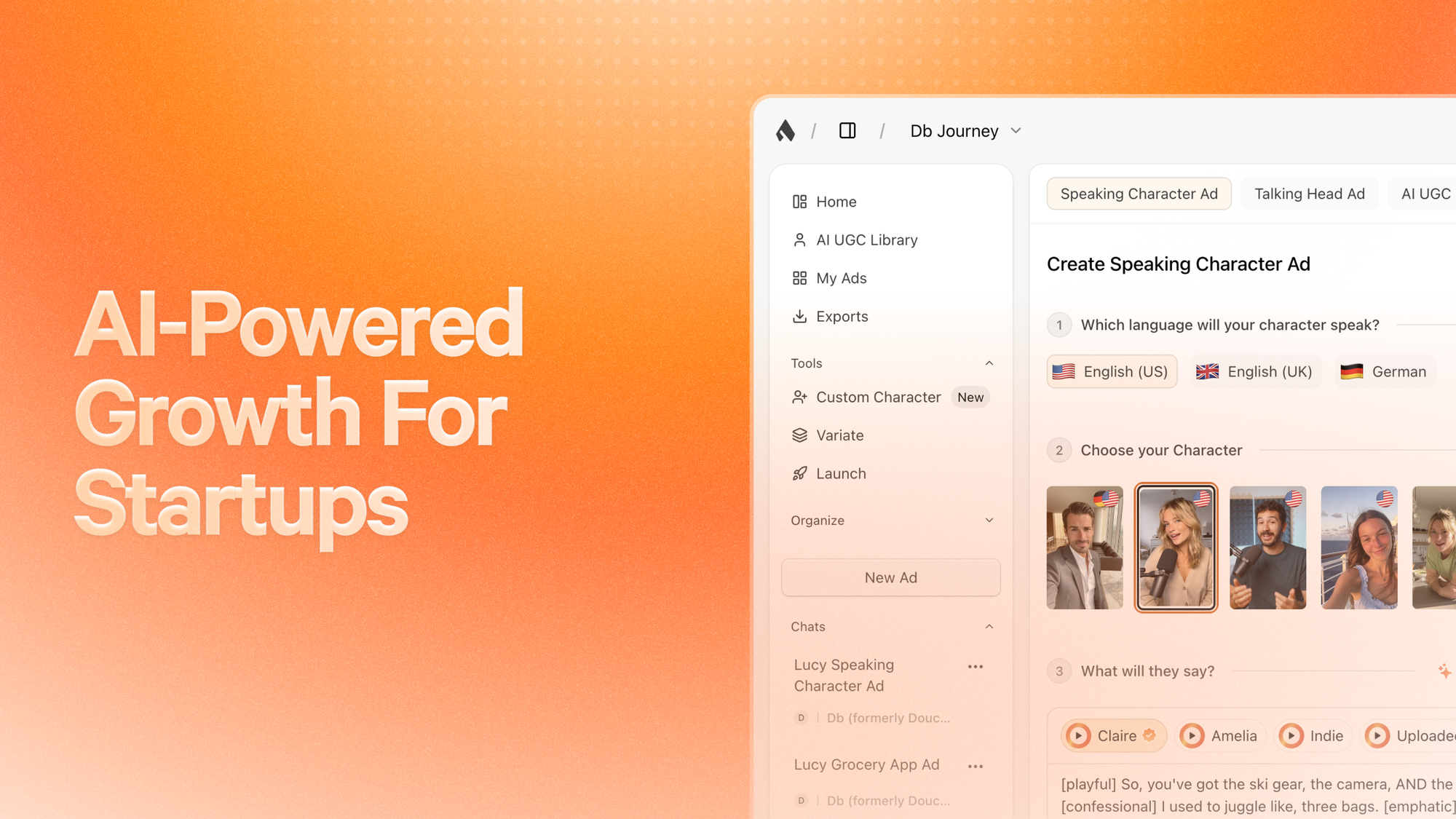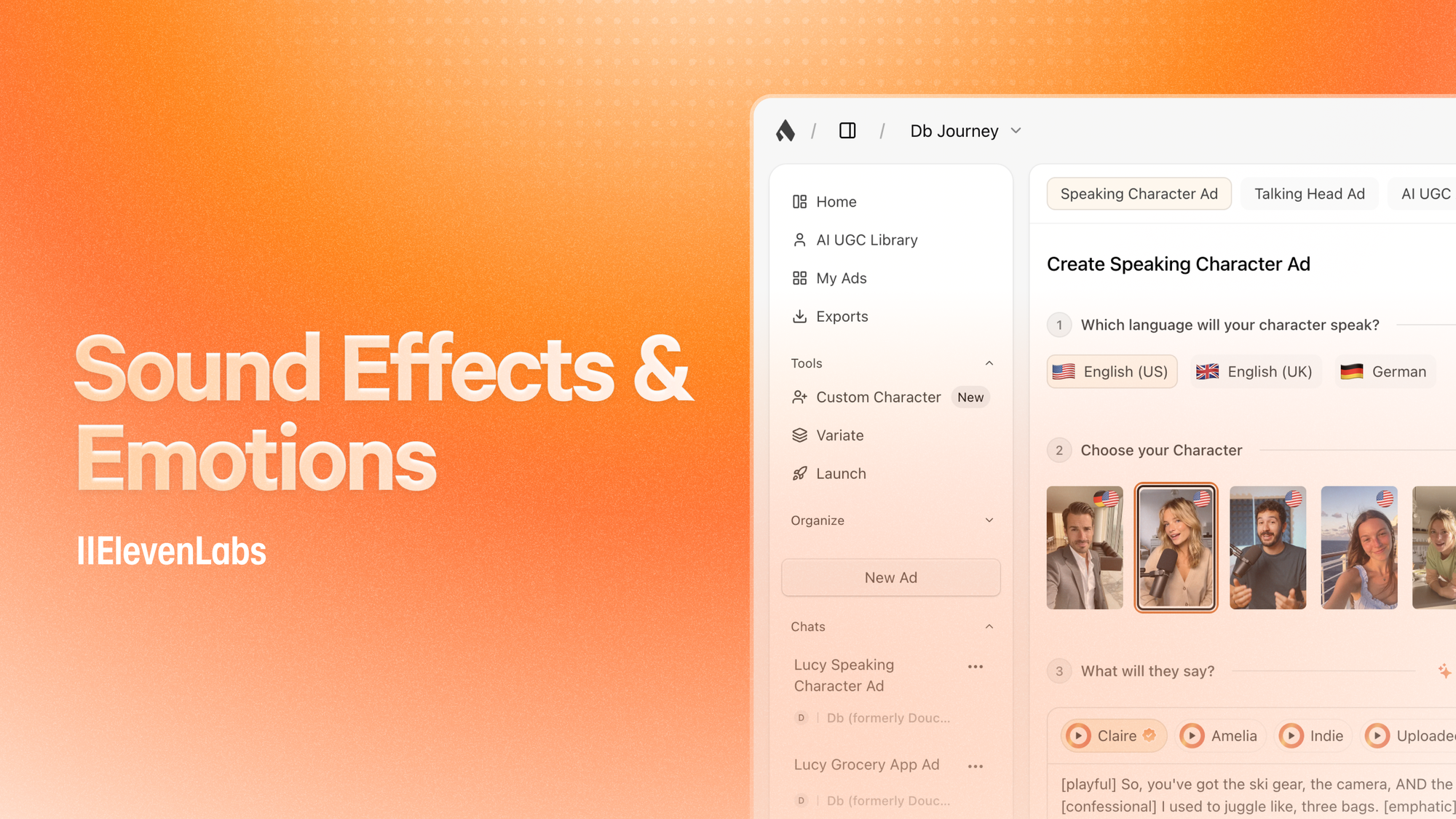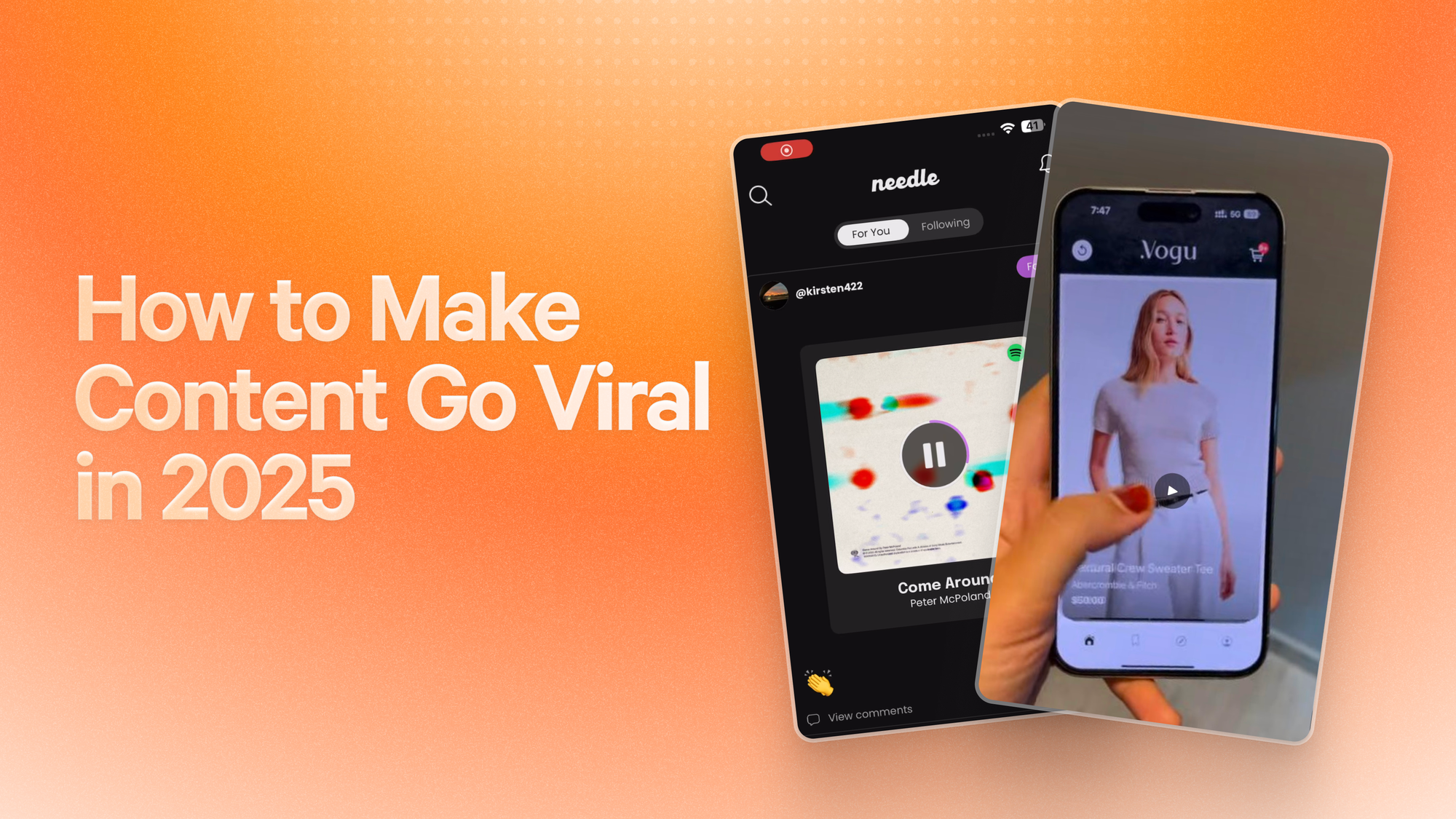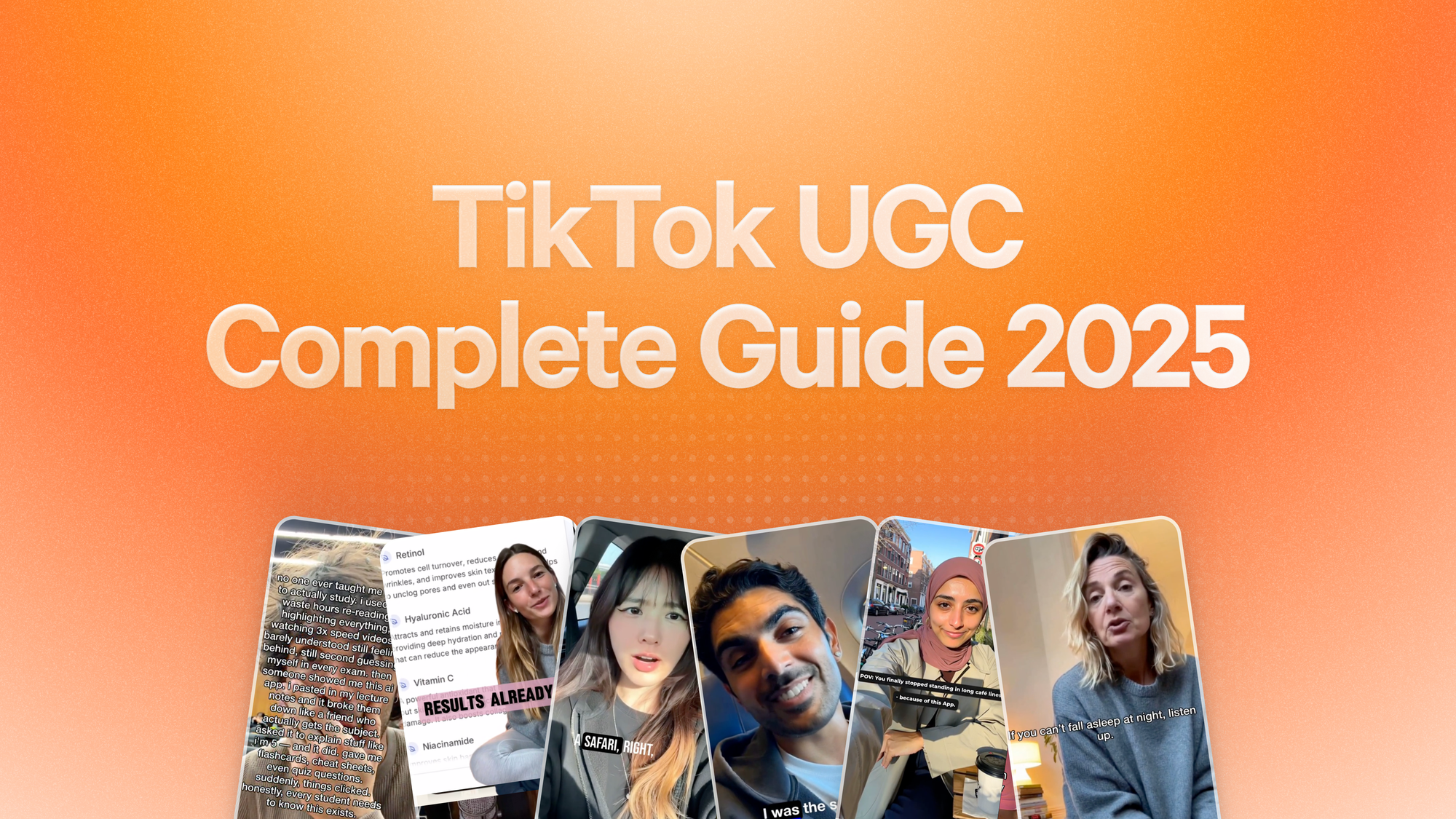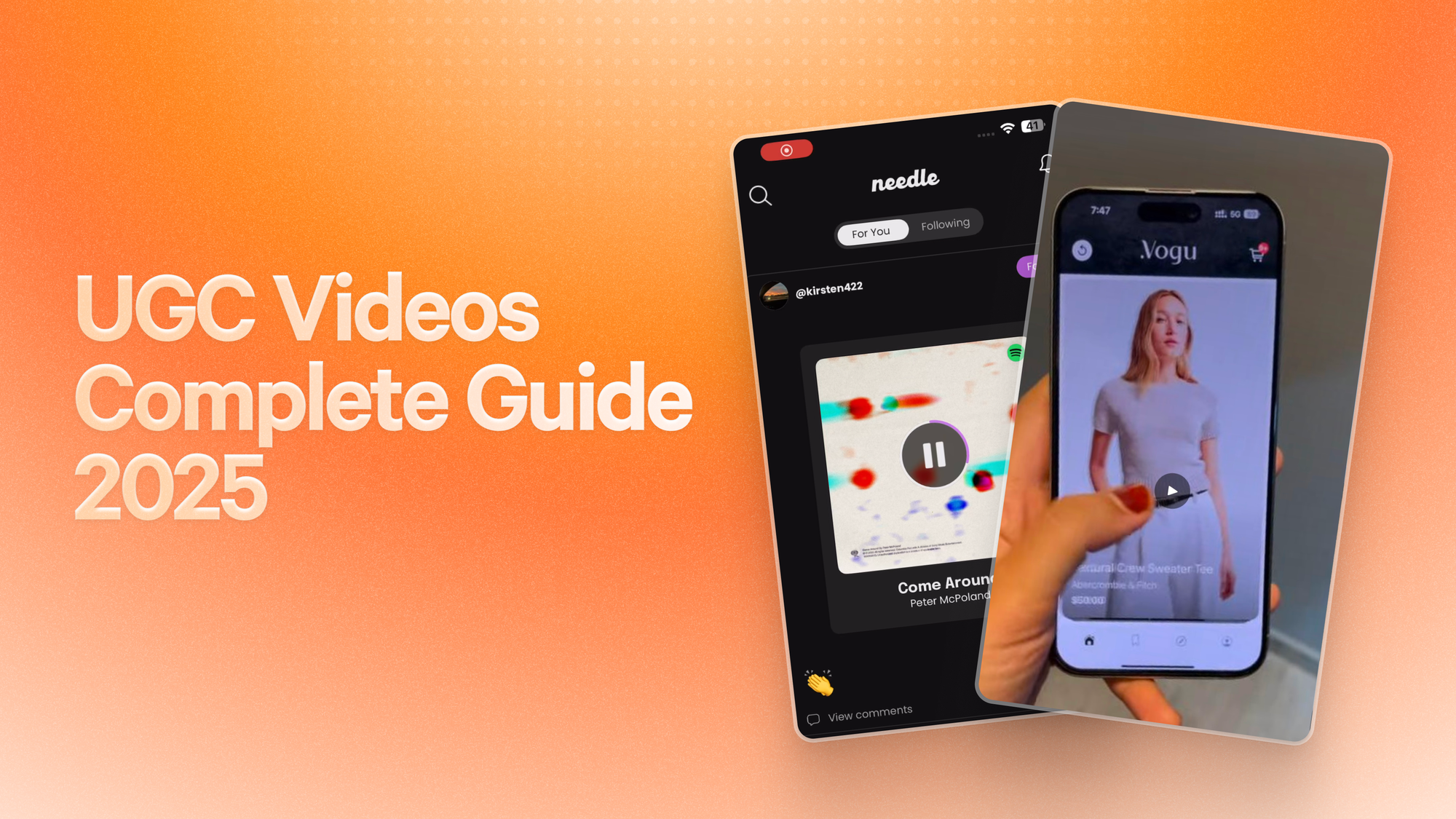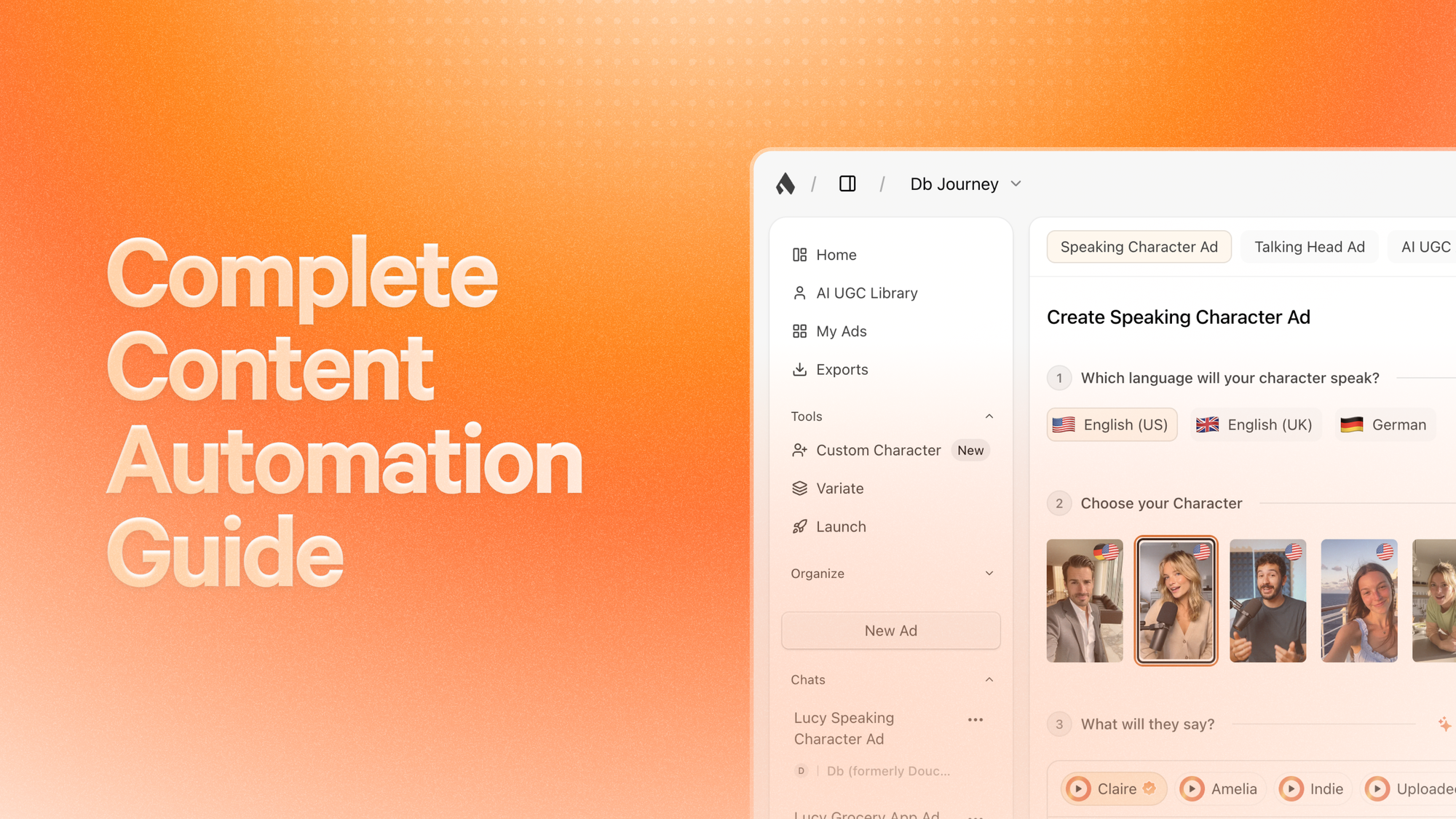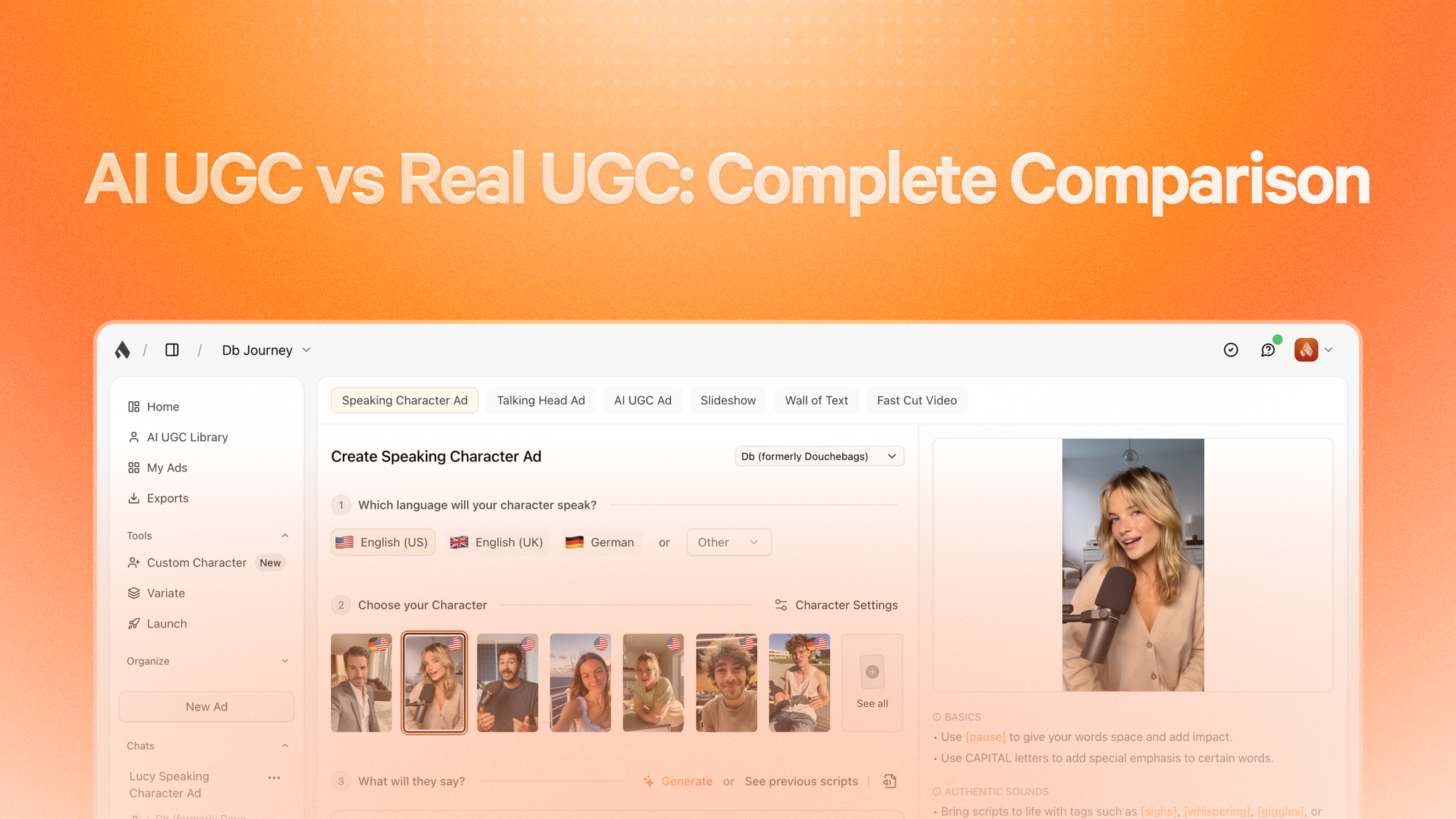Content Marketing for Startups: AI-Powered Growth
The numbers don't lie. While 40% of marketers now use AI tools daily with another 29% using them weekly, only 38% consistently measure ROI effectively. This gap represents the biggest opportunity in startup marketing today.
Most founders fall into two camps: those drowning in content creation bottlenecks, and those who've adopted AI tools but still can't scale results. Both groups face the same fundamental challenge: how to build a content engine that drives real growth without burning through their runway.
The solution isn't just using more AI tools. It's architecting an intelligent content system that compounds growth over time.
The Strategic Framework: Content Intelligence Architecture
Understanding Content Leverage Points
Smart startups approach content marketing like software architecture. Every piece of content should serve multiple functions: immediate user value, long-term SEO positioning, and conversion pathway optimization.
The most successful founders think in systems, not campaigns. Instead of creating individual blog posts or videos, they build content frameworks that generate continuous value. This means identifying your highest-leverage content formats and doubling down on them.
Video content delivers the strongest ROI multiplier. Companies using video experience 49% faster revenue growth and 34% higher conversion rates on landing pages. But here's what most founders miss: it's not just about making videos, it's about making videos that work across your entire funnel.
The Compound Growth Model
Traditional content marketing operates on diminishing returns. You publish, get some traffic, then start over. AI-powered content marketing operates on compound returns. Each piece builds upon previous work, creating exponential growth curves.
This happens through three mechanisms:
Content Velocity: AI reduces creation time from weeks to hours. AI-powered content writing tools increase production speed by 400% while marketers report launching campaigns significantly faster. This speed advantage compounds because you can test more variations, iterate faster, and respond to market feedback in real-time.
Performance Optimization: AI-generated content drives 36% higher conversion rates on landing pages and AI-generated ad creatives boost CTR by 47%. When you're creating content at scale, these performance improvements multiply across your entire content library.
Distribution Amplification: Smart content systems repurpose one core asset into multiple distribution channels. A single piece of strategic content becomes blog posts, social videos, email sequences, and sales materials.
AI Implementation Strategy by Growth Stage
Early-Stage Founders: Foundation Building
If you're pre-product-market fit, your content strategy should validate market assumptions while building audience. AI tools can help you test messaging at scale without massive resource investment.
The key is hypothesis-driven content creation. Instead of guessing what resonates, use AI to rapidly test different value propositions, pain point framings, and solution presentations. Track engagement metrics across formats to understand what works.
Video content becomes particularly valuable here because it conveys product value faster than written content. Product demo videos lead to 46% higher purchase intent and 88% of consumers are more likely to purchase after watching a video, allowing you to test multiple positioning approaches efficiently.
Focus on content that serves dual purposes: market validation and audience building. Educational content that solves real problems establishes credibility while revealing market insights through engagement patterns.
Founders who understand this principle are already testing 20+ video variations weekly while their competitors debate strategy. See how Superscale enables rapid content testing without the traditional creator management overhead - most discover their winning formula within the first batch of tests.
Growth-Stage Founders: Scaling What Works
Once you've identified winning content patterns, AI becomes your scaling engine. The goal shifts from testing to systematic amplification of proven approaches.
This is where content velocity becomes critical. Marketers using AI see an average 70% increase in ROI because they can maintain consistent publishing schedules while improving quality. The compound effect of regular, high-quality content publication drives exponential organic growth.
Implement content frameworks rather than one-off creation. Develop templates, processes, and AI workflows that turn content creation into a repeatable system. This systematic approach allows you to maintain quality while dramatically increasing output volume.
Technical Founders: Automation Architecture
If you understand software development, apply those same principles to content marketing. Build automated workflows that handle repetitive tasks while preserving strategic decision-making for high-impact choices.
The most sophisticated founders create content API architectures. They develop systems where content creation, optimization, and distribution happen automatically based on performance data and strategic parameters.
This includes automated A/B testing for content variations, performance-based distribution optimization, and AI-driven content personalization. The goal is creating a content system that improves itself over time.
Advanced Execution Tactics
Multi-Modal Content Strategies
The highest-performing content strategies operate across multiple formats simultaneously. Instead of choosing between blog posts, videos, or social content, create integrated campaigns that leverage each format's strengths.
Start with your strongest format, then expand systematically. If you excel at written content, add video components to increase engagement. If video performs well, extract key insights into written formats for SEO benefits.
Cross-format distribution amplifies reach while reinforcing key messages. A single strategic insight becomes a blog post, video script, social media series, and email sequence. This approach maximizes content investment while building consistent brand messaging.
Performance-Based Content Optimization
Move beyond vanity metrics to revenue-driving optimization. Track content performance through the entire funnel, from awareness to conversion. This data-driven approach reveals which content actually drives business results.
Implement content scoring systems that weight different engagement types based on business value. Not all traffic is equal—focus optimization efforts on content that attracts high-intent prospects who convert into customers.
Use AI analytics to identify content patterns that correlate with business outcomes. This analysis reveals which topics, formats, and distribution strategies generate the highest ROI, allowing you to focus resources on proven approaches.
Distribution System Architecture
Content creation represents only 20% of success. The other 80% is strategic distribution that reaches your target audience through their preferred channels.
Build distribution workflows that automatically adapt content for different platforms while maintaining core messaging consistency. This includes format optimization, platform-specific timing, and audience-appropriate language adaptation.
Smart distribution also means understanding platform algorithms and optimizing accordingly. AI tools can analyze platform performance patterns and suggest optimal posting schedules, content formats, and engagement strategies.
Video Content as Your Conversion Engine
Video content deserves special attention because it drives disproportionate results. 93% of marketers report video delivers good ROI, and video accounts for 82.5% of global internet traffic.
The strategic advantage of video isn't just engagement—it's conversion acceleration. Video content communicates value propositions faster and more convincingly than text-based alternatives. For startups competing against established players, video levels the playing field by allowing smaller companies to appear more polished and credible.
However, traditional video creation creates scaling bottlenecks. Professional video production requires significant time and budget investment, limiting testing velocity and iteration speed.
AI-powered video creation solves this scaling challenge. Platforms like Superscale enable founders to create professional-quality videos in minutes rather than weeks. This speed advantage transforms video from a occasional campaign element into a core component of your content engine.
The strategic value extends beyond individual videos. When you can create video content quickly and cost-effectively, you can test multiple messaging approaches, personalize content for different audience segments, and maintain consistent video publishing schedules.
This capability becomes particularly powerful for product-led growth strategies. You can create customized demo videos for different use cases, personalized onboarding sequences, and targeted feature explanations that guide users through your product experience.
The difference between startups that scale and those that struggle often comes down to testing velocity. While traditional approaches limit you to 2-3 video tests monthly, Superscale users typically test 50+ variations in the same timeframe. This 20x testing advantage translates directly into finding product-market fit faster.
Scaling and Automation Implementation
Resource Allocation Framework
Strategic resource allocation separates successful content programs from those that burn cash without results. Apply the 80/20 principle: identify the 20% of content activities that drive 80% of results, then double down on those activities.
For most B2B startups, this means focusing on educational content that demonstrates expertise while addressing customer pain points. These pieces serve multiple purposes: SEO rankings, lead generation, and sales enablement.
Allocate budget based on content lifecycle value, not just initial creation costs. Content pieces that continue generating leads and conversions over months or years justify higher initial investment than time-sensitive campaign content.
Technology Stack Optimization
Your AI content marketing stack should integrate seamlessly rather than creating workflow friction. Evaluate tools based on how well they connect with your existing systems and data sources.
Prioritize platforms that offer API access and automation capabilities. This allows you to build custom workflows that fit your specific business requirements rather than adapting your processes to tool limitations.
Consider total cost of ownership, including learning curves and integration time. Sometimes simpler tools that work immediately provide better ROI than feature-rich platforms that require extensive setup.
Performance Measurement Systems
Implement measurement frameworks that track business impact, not just content metrics. Connect content performance to revenue outcomes through proper attribution modeling.
Set up tracking systems that capture the entire customer journey from content interaction to conversion. This data reveals which content pieces actually influence purchase decisions versus those that generate engagement without business impact.
Use cohort analysis to understand how content consumption patterns correlate with customer lifetime value. This insight helps optimize content strategy for long-term business value rather than short-term metrics.
Future-Proofing Your Content Strategy
Emerging Technology Integration
AI content marketing continues evolving rapidly. Stay ahead by understanding emerging capabilities and planning integration timelines. However, avoid adopting new tools just because they're novel—focus on technologies that solve real business problems.
Monitor developments in AI personalization, automated content optimization, and cross-platform distribution. These areas offer significant competitive advantages for early adopters who implement strategically.
Build flexible content systems that can incorporate new technologies without requiring complete overhauls. This approach allows you to benefit from AI advances while protecting existing investments.
Competitive Advantage Maintenance
As AI tools become more accessible, competitive advantages shift from tool access to strategic implementation. Focus on building unique intellectual property around your content approach rather than relying solely on tool capabilities.
Develop proprietary data sets, content frameworks, and optimization methodologies that competitors can't easily replicate. This intellectual property becomes your sustainable competitive advantage as AI democratizes content creation capabilities.
Long-Term Strategy Evolution
Plan content strategy evolution based on business growth stages rather than technology trends. Your content needs will change as you scale from startup to growth-stage company to established business.
Build systems that can adapt to changing requirements without requiring complete rebuilds. This includes flexible content management systems, scalable distribution workflows, and measurement frameworks that grow with your business.
Getting Started: Implementation Roadmap
Week 1-2: Foundation Assessment
Audit your current content performance to identify strengths and gaps. This analysis reveals which content types drive results and which consume resources without returns.
Document your target audience's content consumption patterns across different platforms and formats. This research informs channel selection and content format prioritization.
Establish baseline metrics for content ROI measurement. Without proper baselines, you can't accurately assess improvement from AI implementation.
Week 3-4: Tool Selection and Integration
Choose AI tools based on your specific use cases rather than feature lists. Start with tools that address your biggest content bottlenecks, whether that's creation speed, distribution efficiency, or performance optimization.
For video content specifically, evaluate solutions that integrate with your existing workflow while dramatically reducing production time. The goal is maintaining quality while achieving 10x speed improvements.
Set up proper tracking and measurement systems before increasing content volume. This ensures you can optimize based on data rather than assumptions.
For founders serious about content velocity, the math is simple: traditional video creation costs $200-800 per video with 2-week turnarounds. Modern AI platforms deliver professional videos in minutes for under $2 each. Calculate your potential ROI improvement based on your current content costs and see why successful startups are making the switch.
Month 2-3: Systematic Scaling
Implement content creation workflows that leverage AI for efficiency while maintaining strategic oversight. Focus on creating repeatable processes that team members can follow consistently.
Begin testing content variations at scale to identify winning patterns. AI enables rapid testing that would be impossible with manual creation methods.
Optimize distribution based on performance data. Concentrate efforts on channels and formats that deliver measurable business results.
Ongoing: Optimization and Evolution
Continuously refine your content strategy based on performance data and market feedback. The goal is building a content engine that improves automatically over time.
Stay informed about AI capability advances that could enhance your content strategy. However, avoid constant tool switching—focus on maximizing ROI from current systems before adopting new technologies.
Regular strategy reviews ensure your content marketing evolves with your business rather than becoming disconnected from growth objectives.
The startups that win with AI-powered content marketing don't just use better tools—they build better systems. By focusing on strategic implementation rather than technology adoption, you create sustainable competitive advantages that compound over time.
Success comes from consistent execution of proven frameworks, not from finding perfect tools. Start with your biggest content bottleneck, implement AI solutions strategically, and scale based on measurable results.
The data proves it: startups using AI-powered content systems grow 49% faster than those stuck in manual creation cycles. Join the founders already scaling with Superscale - upload your product link, select your testing strategy, and launch your first campaign batch today. Most see measurable lift within their first week of systematic testing.
The founders who master this approach will dominate their markets while their competitors struggle with traditional content creation limitations.


